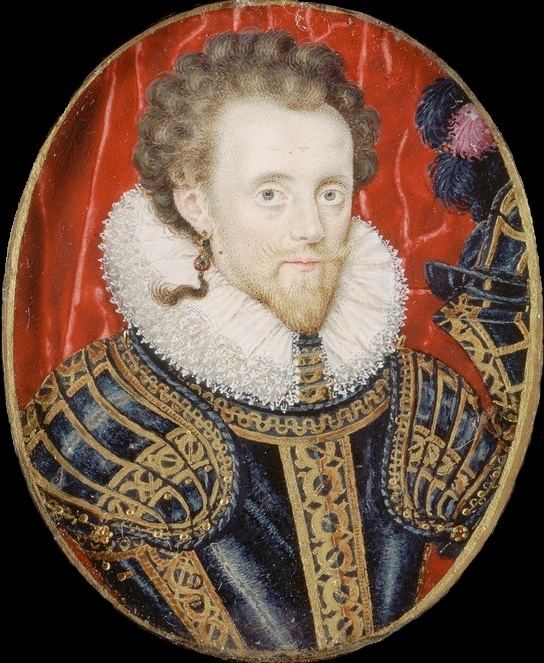Name William 1st Died June 24, 1630 | Coronation date 1618 | |
 | ||
Parents Henry Compton, 1st Baron Compton Children Spencer Compton, 2nd Earl of Northampton Grandchildren James Compton, 3rd Earl of Northampton, Henry Compton Great grandchildren Mary Sackville, Countess of Dorset, George Compton, 4th Earl of Northampton People also search for | ||
William Compton, 1st Earl of Northampton, KG (died 24 June 1630), known as 2nd Baron Compton from 1589 to 1618, was an English nobleman, peer, and politician.
Northampton was the son of Henry Compton, 1st Baron Compton, and Frances Hastings. His maternal grandparents were Francis Hastings, 2nd Earl of Huntingdon and Catherine Pole. Catherine was a daughter of Henry Pole, 11th Baron Montacute and Lady Jane Nevill. Jane was in turn a daughter of George Nevill, 4th Baron Bergavenny and his wife Margaret, daughter of Hugh Fenn.
He notably served as Lord Lieutenant of Warwickshire and of Gloucestershire and as Lord President of the Marches and of the Dominion of Wales. In 1618 he was created Earl of Northampton.
Lord Northampton married in 1599 or 1600 to Elizabeth Spencer, a daughter of Sir John Spencer who had been Lord Mayor of London in 1594. Their children included:
Prince Henry's tournament
William Compton was a participant in the Accession Day tilts or tournaments at the royal court from 1589. When Prince Henry was made Prince of Wales in 1610, William distinguished himself at the tournament. He dressed as a shepherd knight and sat in a specially constructed "mount" or bower to accept challenges. An eyewitness reported:
He builded himself a bower upon the top of the wall next to St. James's Park, made in the manner of a sheepcote, and there he sat in a gray russet cloak and had a sheep crook in one hand as though he had been a shepherd, and through the top of the bower there stood up the mast of a ship gilded with gold and upon the top a pan with fire burning in it, as some thought with pitch and an iron mark to mark sheep. ...
Afterward, my Lord Compton descended from his sheepcote and mounted himself on a lofty steed, his men also attending him on horseback, every one wearing a hat of straw and their faces painted as black as the devil.
The shepherd's bower was designed by Inigo Jones. The historian Roy Strong identifies this performance as a revival of Elizabethan pastoral themes, related to the shepherd knight Phillisides of Philip Sydney's Arcadia
